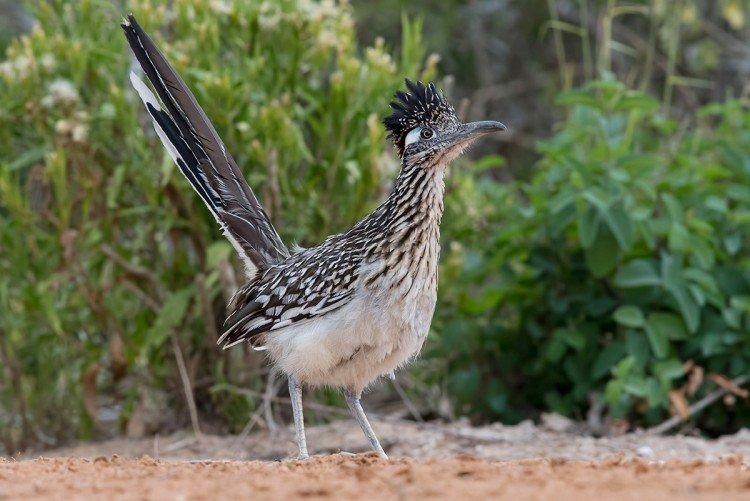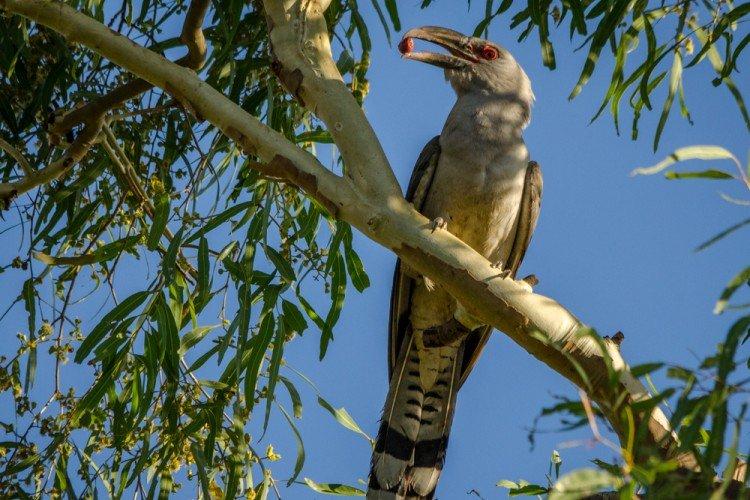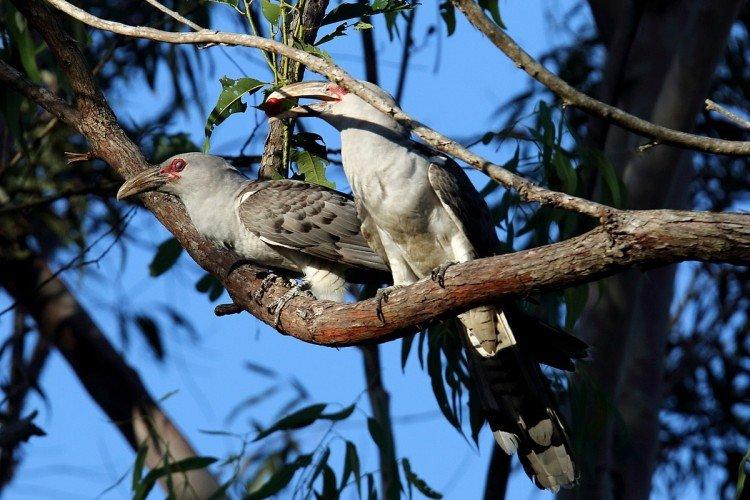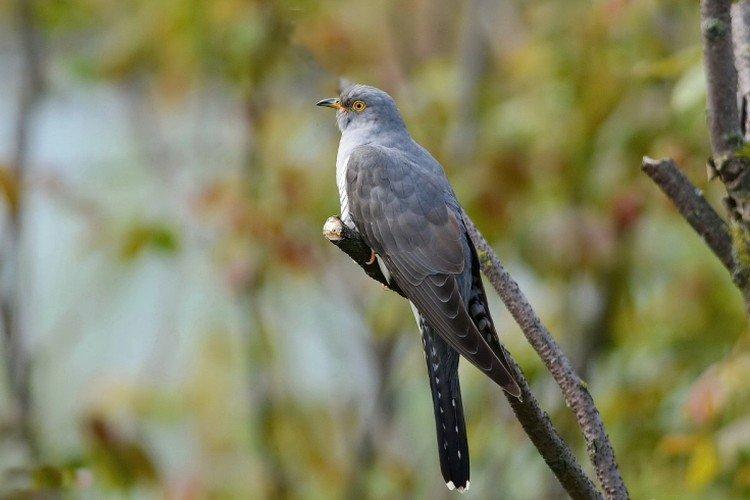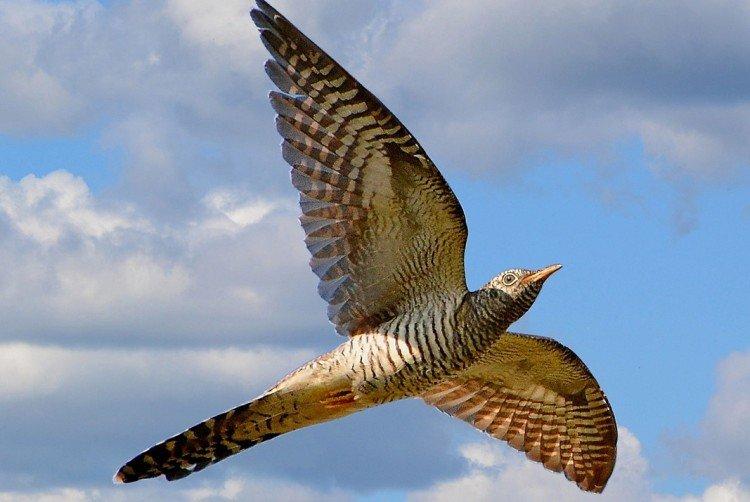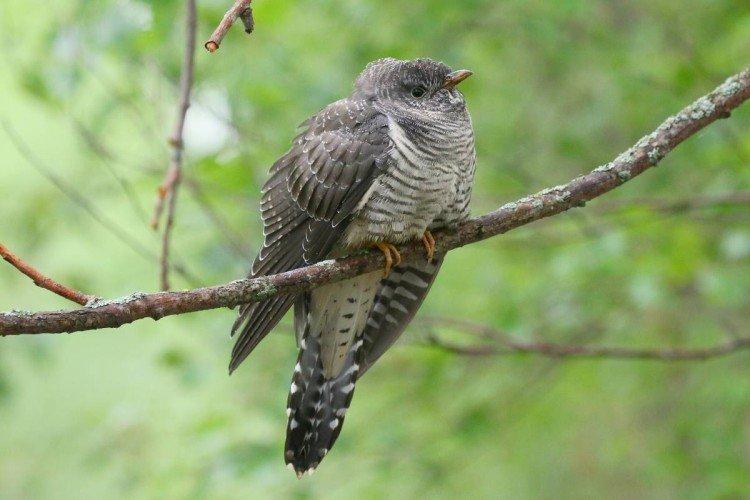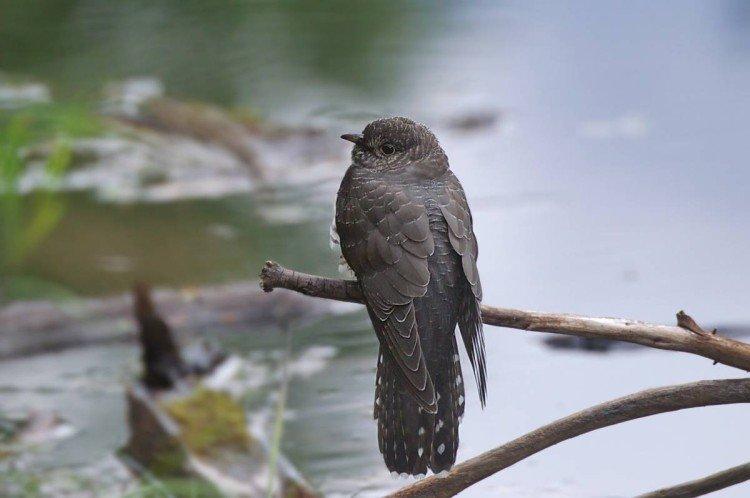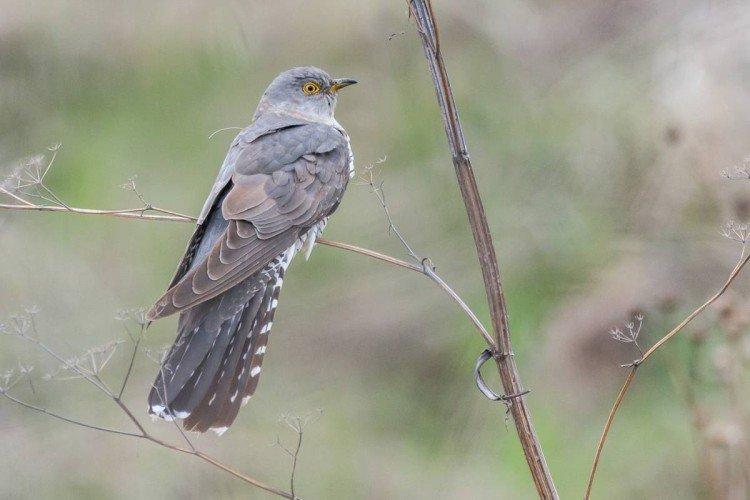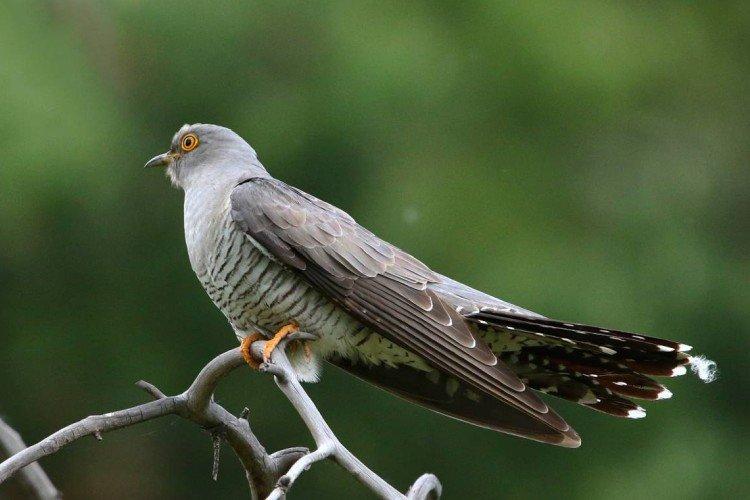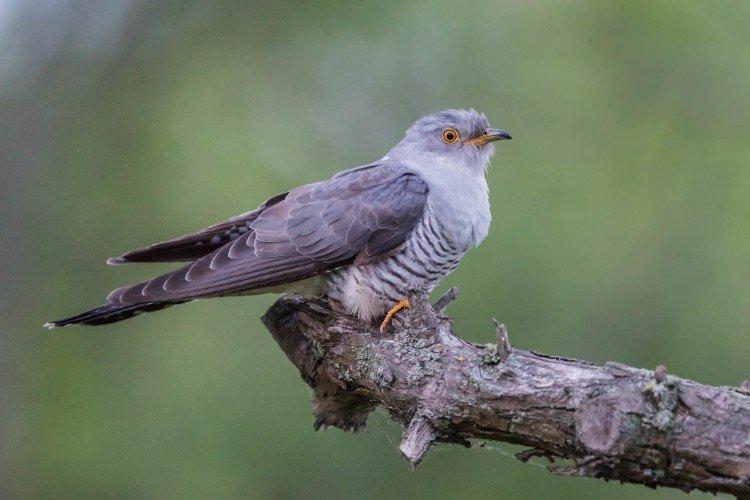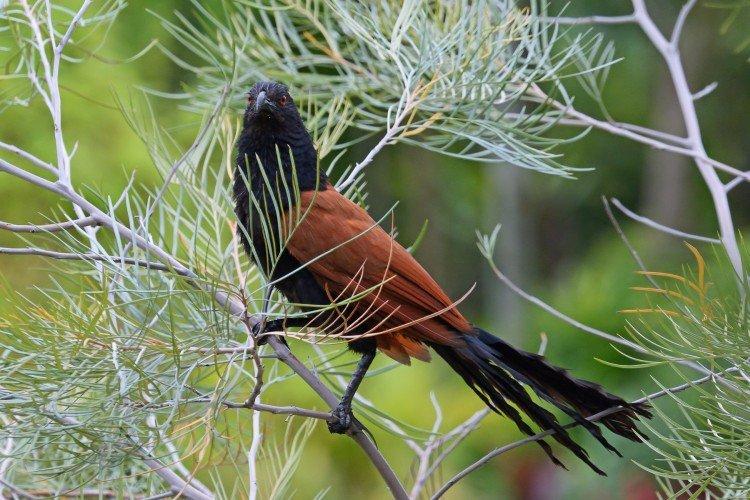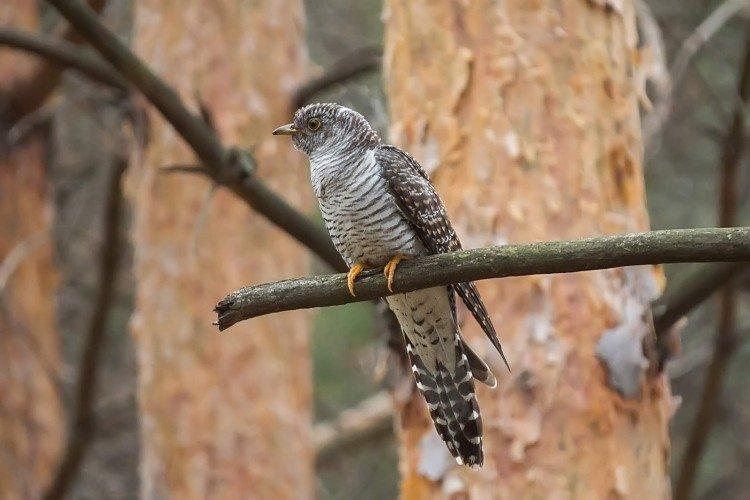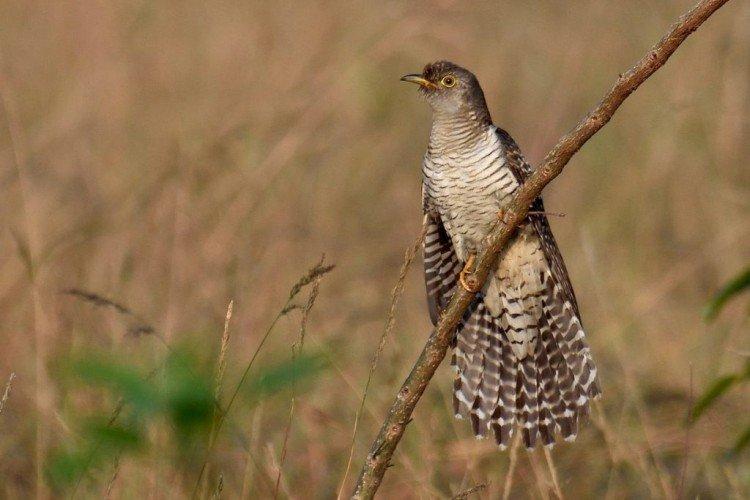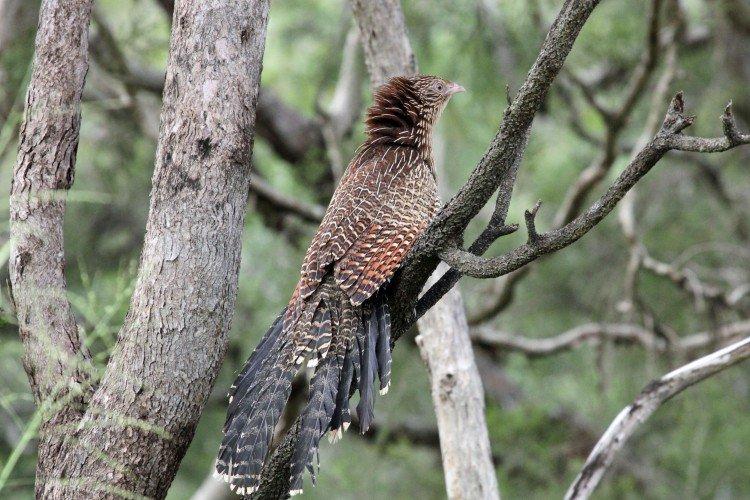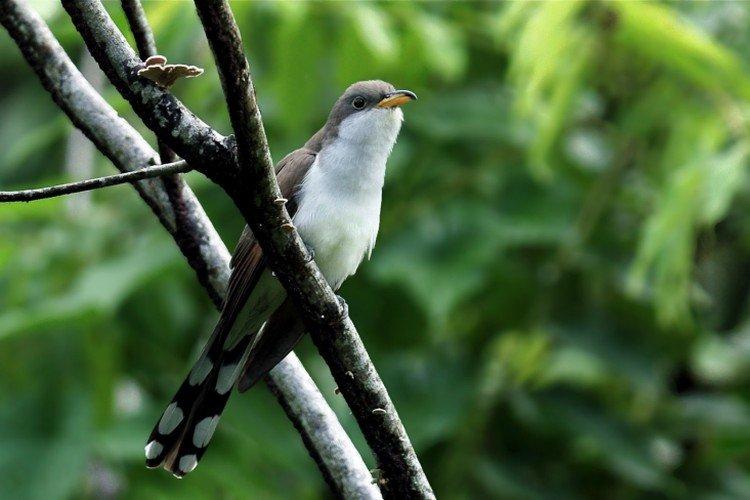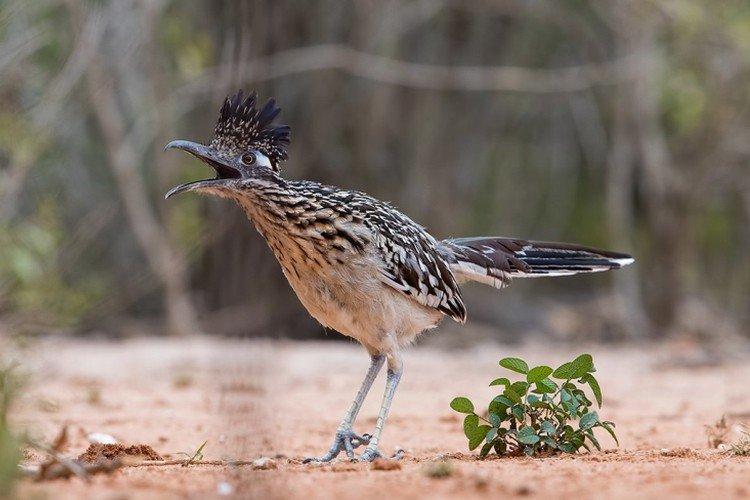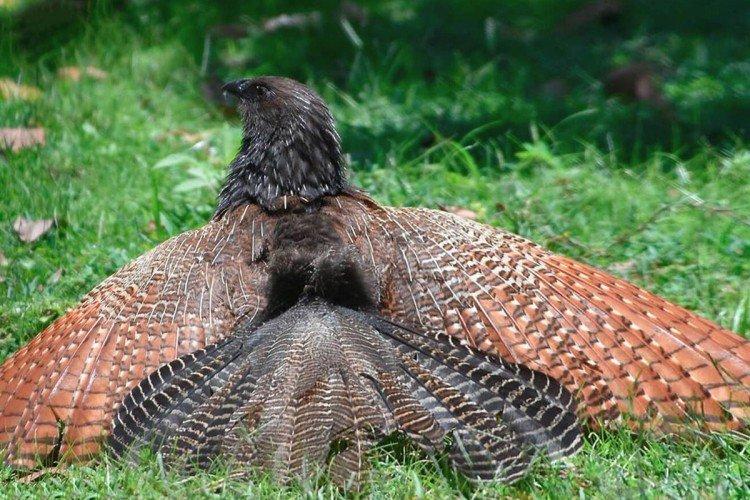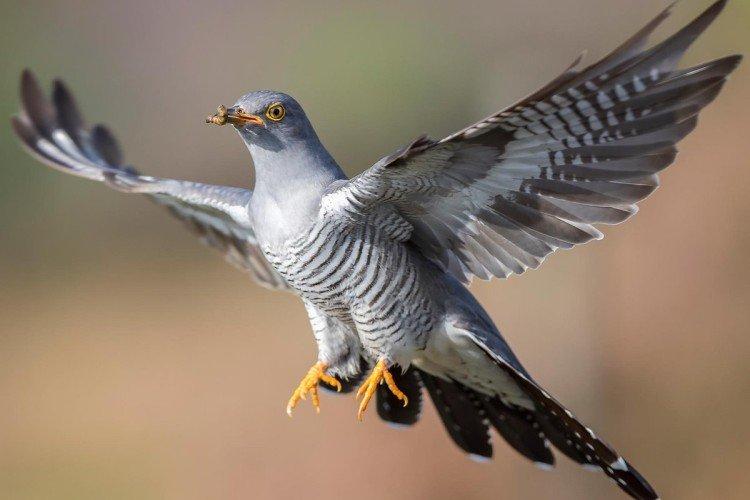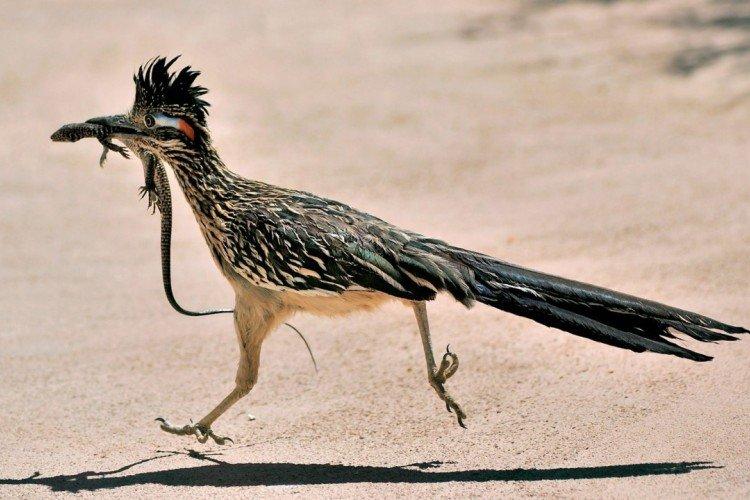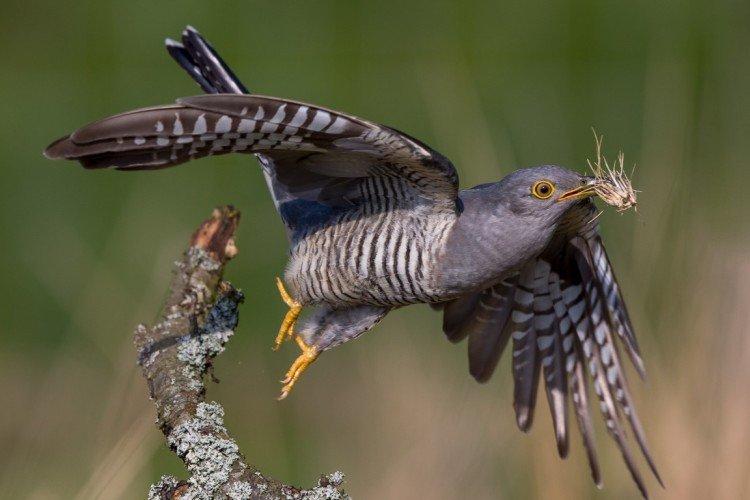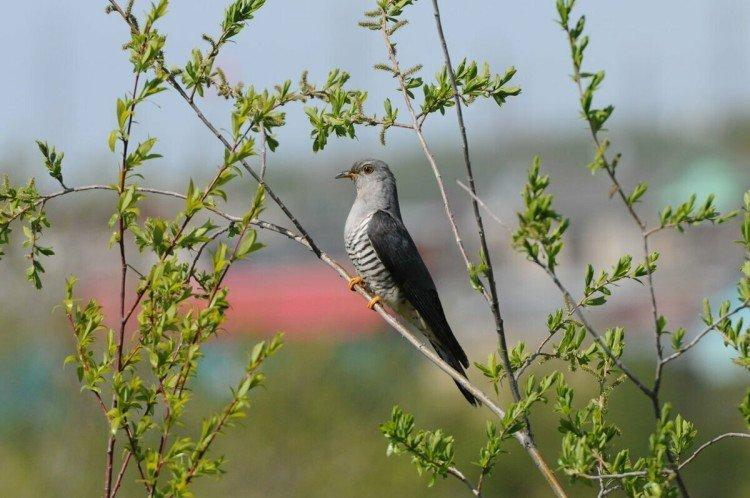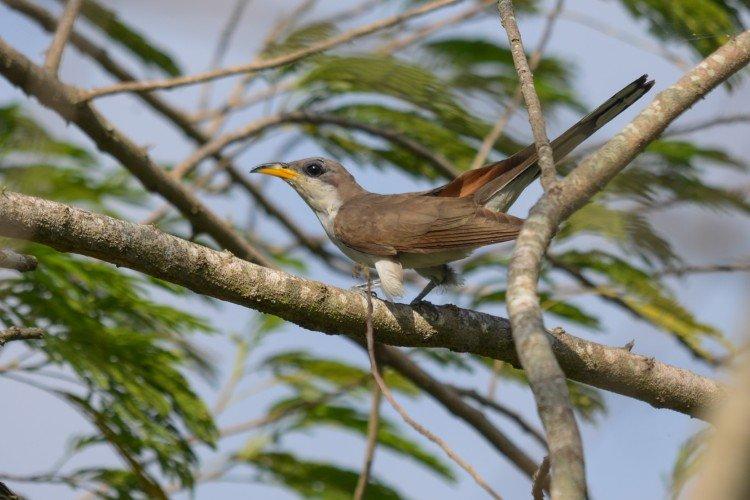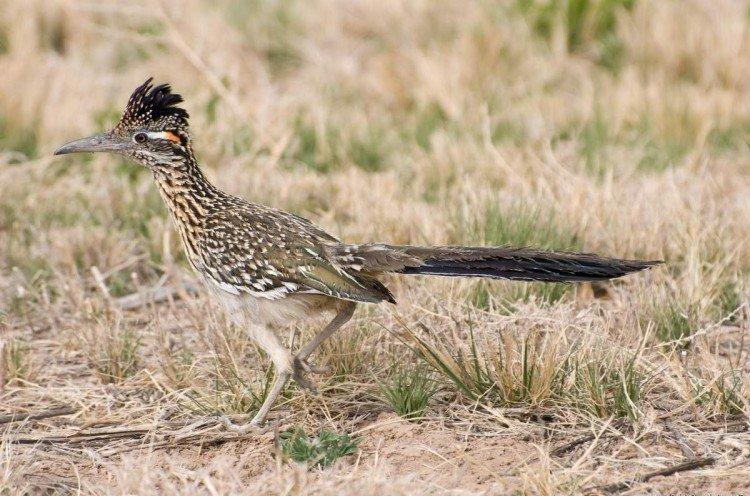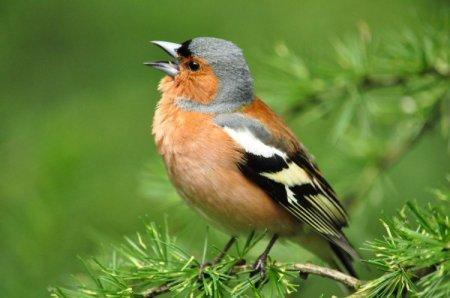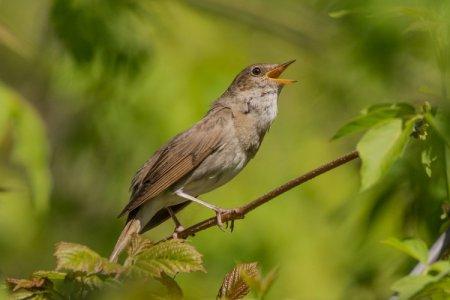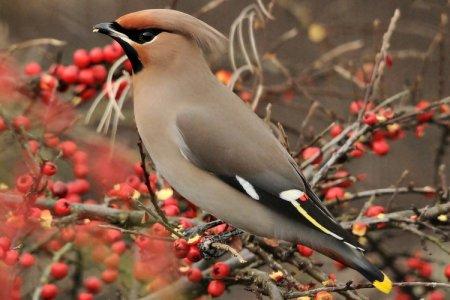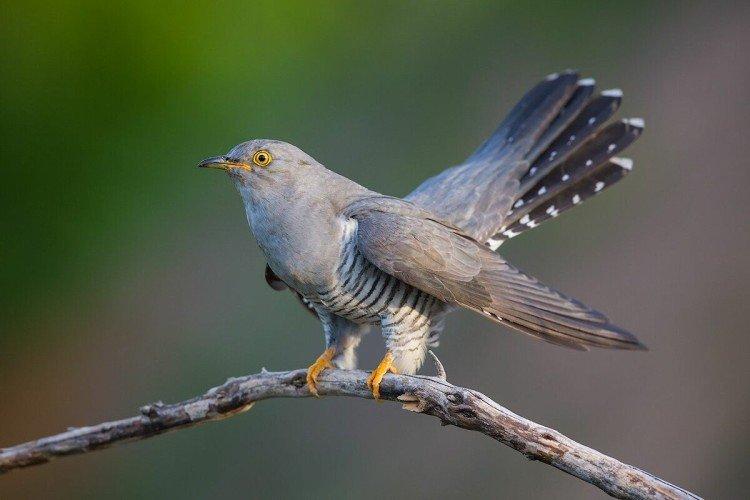
Who has not heard the endless stories of a bad mother cuckoo who throws her chicks into other people's nests? But is this really so and why does she do it at all? Let's figure it out gradually with the answers to these and other questions!
general description
The cuckoo is the main representative of the family of the same name. Of course, it does not predict the future and life expectancy. Even so, it is still very interesting to study!
Appearance
Cuckoos are quite small, up to 130 g and up to 38 cm in length. The wingspan ranges from 50-55 cm, and the females are slightly smaller. But in general, this spread can differ significantly, depending on the species.
The plumage is gray-brown, with a light belly and breast. Throughout the body, including the head, transverse stripes are clearly visible, so that, as a result, the coloration is a bit tiger-like. Interestingly, cuckoos molt several times a year, so even if you are lucky enough to meet one bird twice, it will already be completely different.
Cuckoos are not at all adapted to moving on the ground, so they try not to descend for a long time and unnecessarily. This is due to the special structure of the two-toed paws, which at the same time make it possible not to leave traces. But in flight, cuckoos are virtuoso and swift, and their technique resembles that of a hawk.
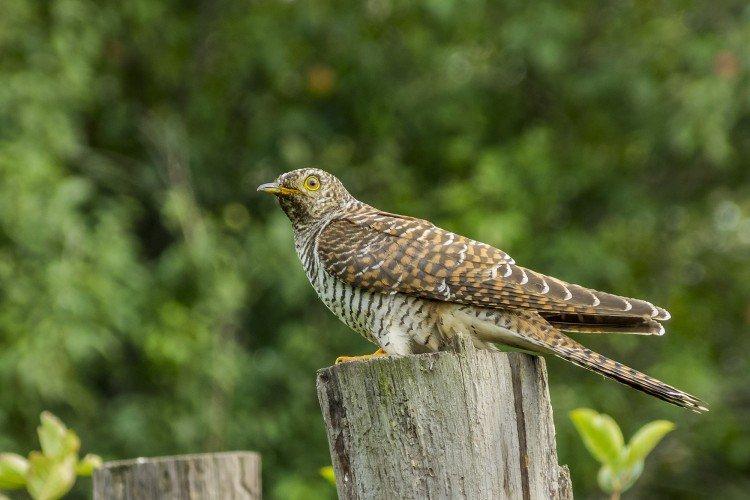
Male and female cuckoo: differences
Male cuckoos are slightly larger than female. The color of the plumage is practically the same, only the breast of the females casts a reddish color with distinguishable stripes. In males, it is mostly white, and the plumage is generally darker and grayer.
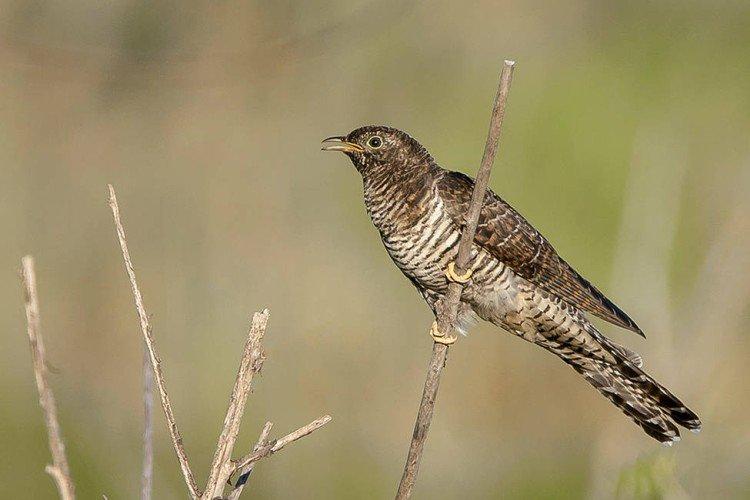
How many cuckoos live
Cuckoos live in their natural environment for about 8 years. There are isolated cases up to 15 years of age in the presence of a sufficient food base. But in captivity, with proper care, a cuckoo can live up to 40 years!
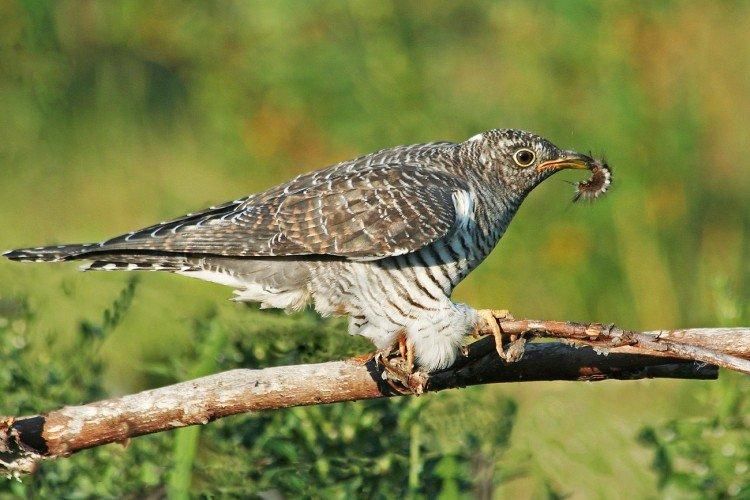
Types of cuckoos
The large family includes about a hundred species, but the common cuckoo remains the main one. Let's talk about it and a few more popular varieties!
Common cuckoo
It is found throughout Russia and flies off to winter in Africa and South Asia. These are the same classic nesting parasites that toss their eggs into the nests of other birds.
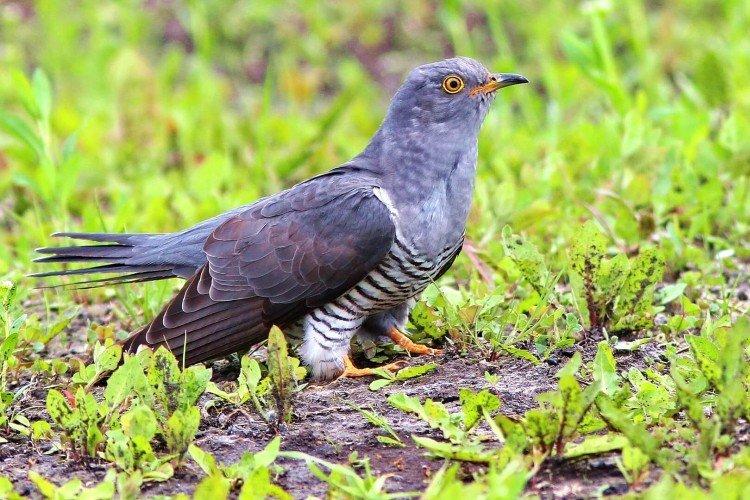
Yellow-billed cuckoo
The American species is easily recognizable by its yellow mandible and curved beak. These cuckoos most often hatch their offspring themselves, although they can toss eggs.
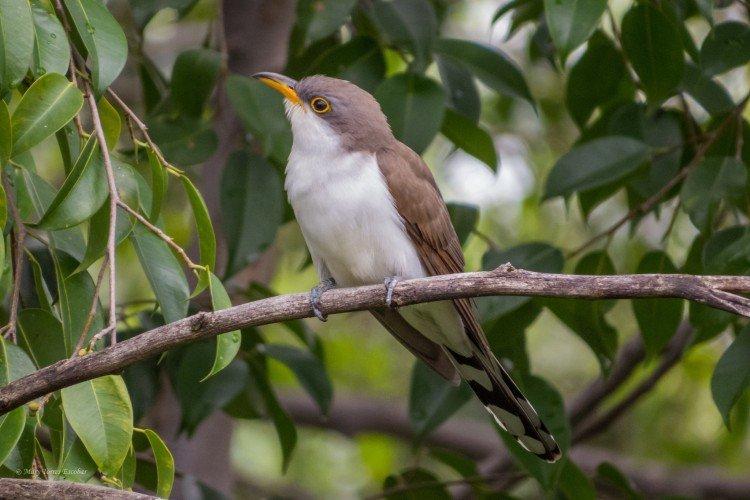
Gigantic cuckoo
The largest cuckoo in the world that can match the size of a raven. She lives primarily in Australia and the Pacific Islands. Weight reaches 900-950 g.
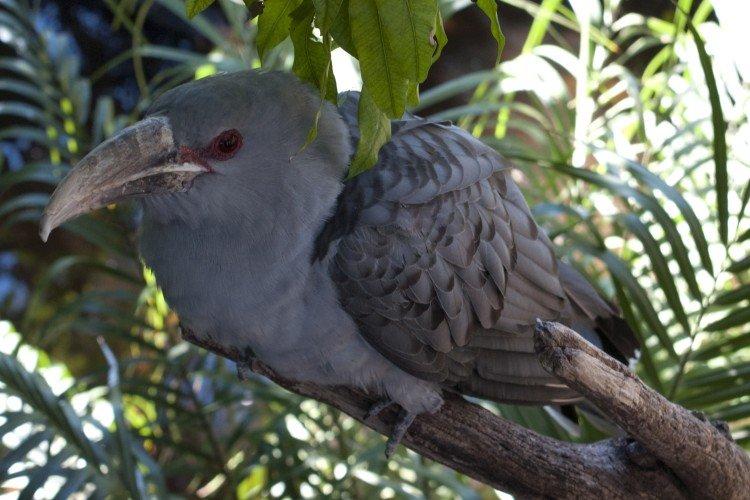
Little cuckoo
Southern seaside species, which is similar to the common one, but much smaller. Juveniles can be distinguished by the transverse white patches on the wings.
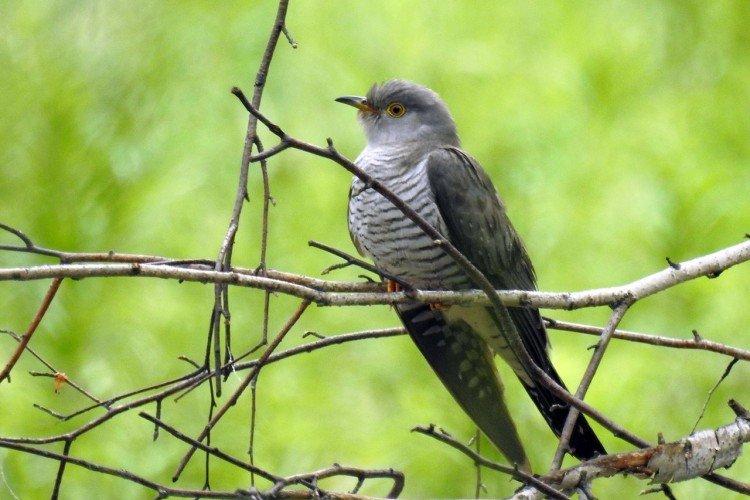
Pheasant cuckoo
It is also called spur, and for its habitat - marsh. A large and definitely the most unusual cuckoo with a spectacular gray-brown plumage. Males and females raise offspring together.
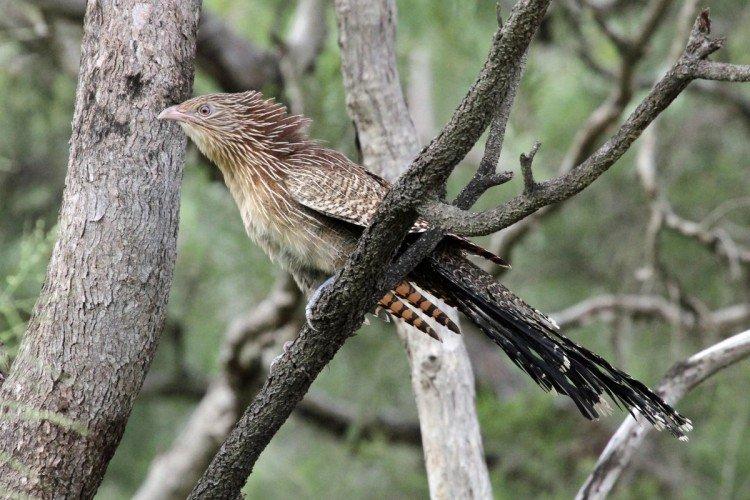
Earthen cuckoo
She is Californian. A large representative of its family up to 60 cm long with strong high legs and a large tail. In contrast, the earthen cuckoo has small weak wings, so it prefers to live closer to the surface.
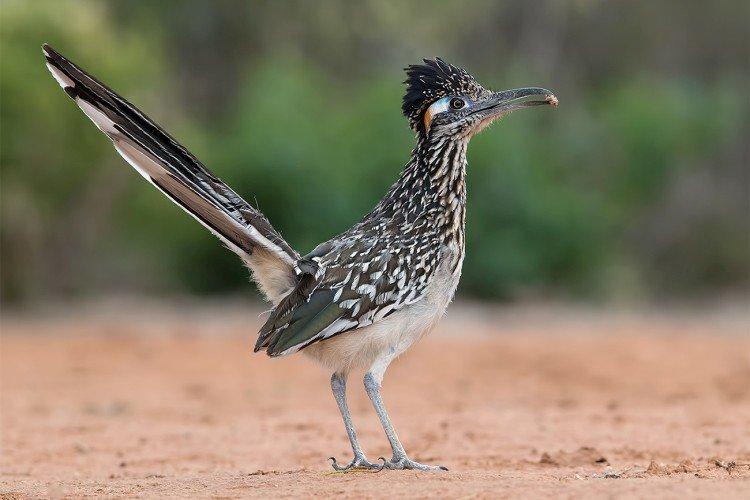
Red-billed cuckoo
Another terrestrial species with a red beak, which is easy to guess. These cuckoos breed their chicks themselves in their own nests on the ground or in trees.
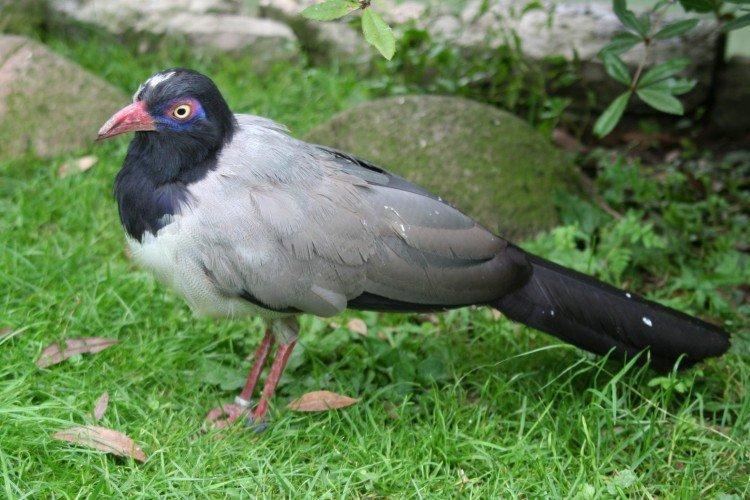
Cuckoo lifestyle
The cuckoo is easy to hear but not see. In real life, they are very secretive and leave almost no trace of their presence. This allows her to boldly make her loud sounds, because even they will not help to detect the elusive bird.
Habitat
Cuckoos are common almost everywhere, but most often they are found in India, Nepal, Burma and on the islands.In addition, they inhabit African countries. It is not surprising that the inhabitants of the more northern regions go to winter in the warmth.
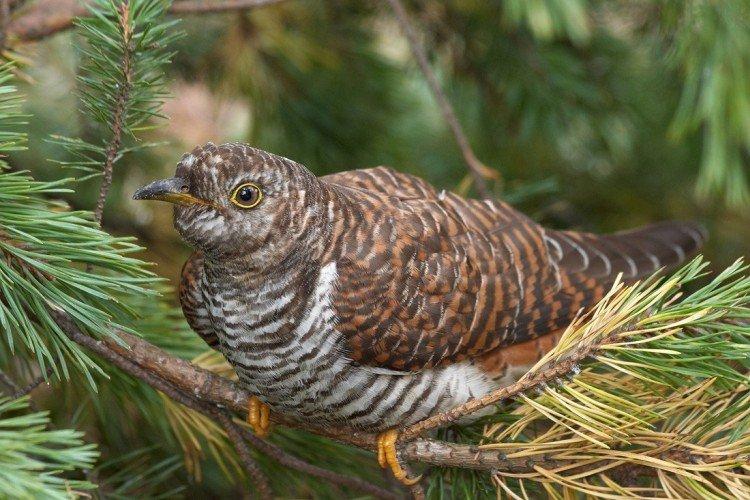
The diet
Cuckoos feed mainly on large insects, tree beetles and caterpillars. Sometimes they can eat fruits and berries. And also - eggs and even chicks of smaller species of birds.
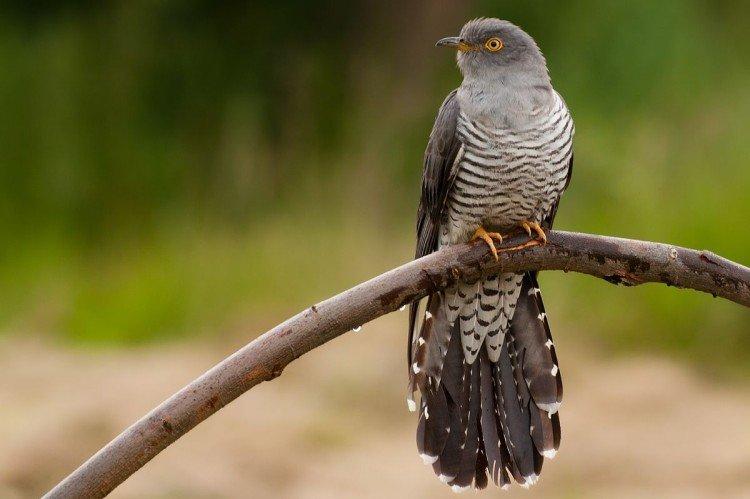
Wintering
Cuckoos fly away to winter in warm regions of Africa, and return home with the onset of spring. This most often applies to the common and deaf cuckoo, common in our latitudes.
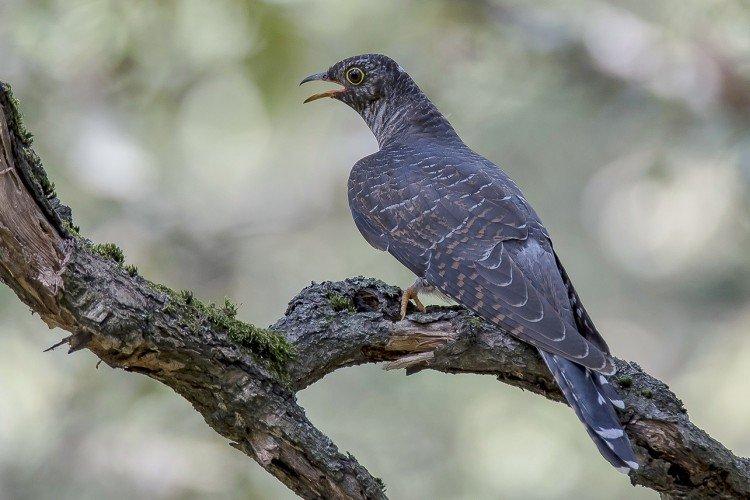
Breeding cuckoos
Cuckoos are solitary by nature and form pairs only for the sake of reproduction. Moreover, the size of the personal possessions of one bird can reach several hectares. They choose a comfortable place, including the presence of nests of other birds.
Cuckoos are polygamous, so one male mates with several females. They do not build nests, but watch strangers, and especially - for passerines with external resemblance.
The female waits for the future adoptive parents to leave at least for a while, throws one egg, tosses her own and flies away. There are cases when a female throws up to 30 eggs per season.
The hatched cuckoo chick also tries to get rid of competitors, because it is born earlier. With a fortunate coincidence, he remains alone in the nest, and he himself receives all the food and attention. Kukushata are very voracious, grow quickly and are ready for independent life in 3 weeks.
There are two versions of this behavior. According to one of them, the cuckoo thus saves the cuckoo from the aggressive father of the family. According to the second, she is simply physically unable to simultaneously feed the chicks and incubate the second clutch.
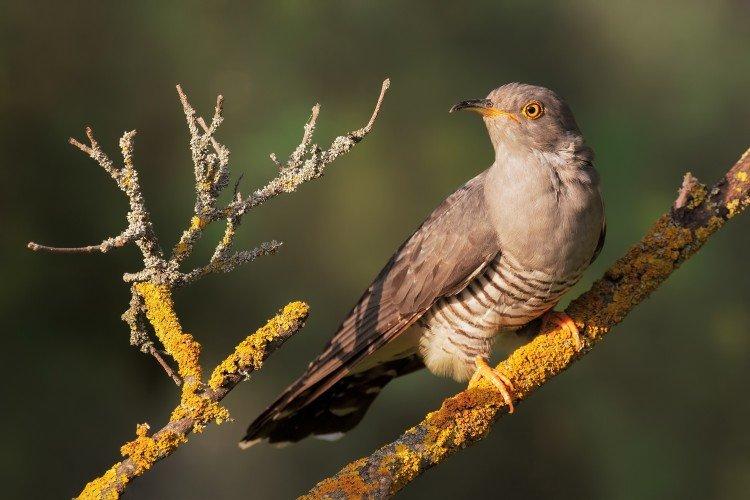
Natural enemies
Nimble, fast-paced and secretive cuckoos have very few enemies. Sometimes they can be attacked by other birds in order to protect the territory. But the greatest danger is represented by foxes, cats, weasels and martens.
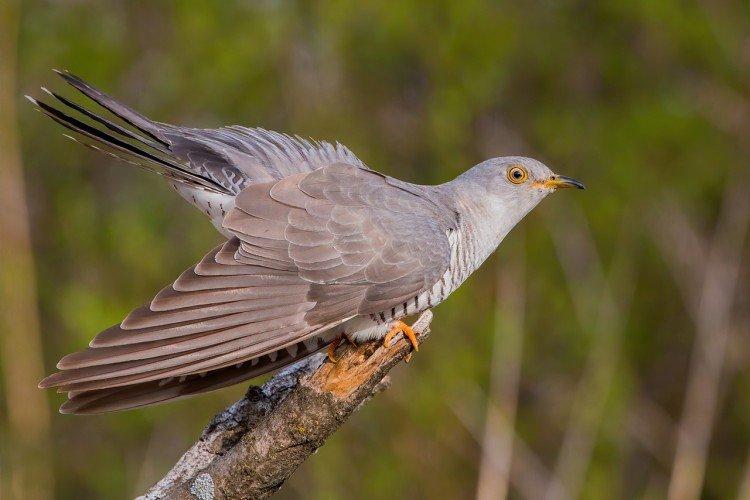
Cuckoos - bird photo
And so that next time you will definitely be able to identify a cuckoo in the forest or outside the city, catch a large photo gallery!
